How Gum Disease is Treated and the Stages of Periodontal Disease
You’ve been told to take care of your teeth since you were a kid. So it’s surprising how many of us start neglecting our oral health once we become adults.
Having an infected tooth or bleeding gums might not seem like a big deal— at first. But tooth complications can create a snowball of health issues that affect your entire body.
And one of the biggest threats to your health is periodontal disease.
There are different stages of this infection, and you’re likely to experience one of them in your lifetime. You can begin by understanding what periodontal disease is, whether it’s reversible, and exactly how this gum disease is treated.
RELATED: WHAT ARE THE SYMPTOMS OF A TOOTHACHE?
What is Periodontal Disease?
Periodontal disease is when your gums become infected. The cause of this disease starts with your oral health.
You may have noticed that your gums become inflamed, and your teeth get “sweaters” if you haven’t brushed your teeth in a while (or you’re not brushing correctly).
Those teeth sweaters are plaque buildup. And while you may be able to get rid of the plaque on the surface of your teeth after one brush, if you let it sit long enough, it can get into your gums.
And that’s how you get gum disease.
Cases vary from mild to severe; you can treat early gum disease at home or get expensive dental surgery if you wait too long.
RELATED: WHAT TO DO ABOUT CHIPPED TEETH
Periodontal Disease Stages
The early stages of periodontal disease is called gingivitis— which is pretty common. In fact, 75% of Americans will experience some form of gum disease in their lifetime.
Plaque buildup on your teeth causes gingivitis. When you let plaque sit for too long, it hardens and becomes tartar. Tartar is much more difficult to get rid of on your own as it can start to seep below your gumline.
Thankfully, this early stage of periodontal disease is easily reversible with a good oral hygiene routine. Brushing and flossing consistently twice a day should do the trick.
However, if you notice your gums are still inflamed or bleeding after several weeks, it may be because you have too much plaque buildup. In this case, the plaque is starting to spread to places your toothbrush can’t reach (e.g., your bones).
The good news is that a quick trip to your dentist can help get rid of that excess tartar in one sitting!
The chronic stage of periodontal disease is called periodontitis, and it can cause issues such as:
- Recessed gumlines (which can lead to a price gum graft procedure)
- Tooth decay
- Lost tooth
- Bone decay
Do you see how something as seemingly harmless as teeth sweaters can turn into something much more drastic (and expensive)? Studies prove that leaving periodontitis untreated can contribute to even more dangerous health complications, such as:
See? Infections in your mouth are no joke.
RELATED: WHAT IS DENTAL EROSION? A GUIDE FROM YOUR LA DENTIST
How Fast Does Periodontal Disease Progress?
The progression of periodontal disease is slow but steady. It only takes four days for plaque to reach its maximum extent, so you’ll be able to physically see signs of gingivitis on day 5. Advanced stages of this disease can be seen in as little as a few weeks if you have not tried to reverse the gingivitis.
Gingivitis
Gingivitis is self-diagnoseable and treatable at home. According to Science Direct, “Within 5 days, plaque is easily visible, and clinical signs of gingival inflammation can be observed in localized areas.”
The symptoms of gingivitis are:
- Inflammed gums (red and swollen)
- Sore gums
- Bleeding after brushing
- Bad breath
If left untreated (in other words, you don’t brush your teeth), the plaque hardens into tartar. The bacteria begin to spread (usually through saliva) to your gums and bones, which signifies the earliest stages of periodontitis.
RELATED: HOW MUCH DOES TOOTH EXTRACTION COST AND DO YOU NEED IT?
Early Periodontitis
You’ll need to book a trip to the dentist if your gingivitis symptoms don’t decrease after a few weeks of consistent oral care. From there, your dentist will use a gum probe to measure the pockets between your teeth and gums (don’t worry, it doesn’t hurt!).
Using the gum probe, your dentist will diagnose you with early periodontitis if there is a 4-5mm gap between your gums and teeth. This is irreversible.
Other signs you have early periodontitis include:
- Receding gumline
- Tooth sensitivity
- Change in your bite
RELATED: HOW CAN I FIX MY TEETH WITH NO MONEY?
Moderate Periodontitis
The next indicator that your gum disease is progressing is the development of periodontal “pockets.” This happens when your gums become more inflamed, and mouth debris collects below the gum line.
Your dentist will diagnose you with moderate periodontitis if there is a 6-7mm gap between your gums and teeth. You may also have:
- Space or “pockets” between your teeth and gum
- Loose or “wiggly” teeth
- Tooth decay
RELATED: HOW TO TELL WHICH BEVERLY HILLS DENTIST YOU CAN TRUST
Advanced Periodontal Disease
The final stage of periodontal disease is advanced periodontitis. At this point, you’ll experience one or more of the following symptoms:
- Tooth abscess
- Tooth loss
- Bone loss
- Severe gum infection (which can spread to other parts of your body, including the brain)
RELATED: HOW MUCH DOES A TEETH CLEANING COST?
How Gum Disease is Treated
Gum disease is treated differently depending on what stage you have. You can typically self-diagnose mild cases of gingivitis if your gums feel sore and you frequently bleed after brushing.
When symptoms don’t go away, you need to visit your dentist for a formal diagnosis. Here’s the treatment we’ll recommend in order
Step 1. At-home treatment
We’ll recommend this if you’re still in the gingivitis stage. This treatment includes:
- Changing your toothbrush every 3 months
- Brushing properly
- Flossing and antigingivitis mouthwash
- Schedule two dental cleaning appointments for the year
Step 2. Deep cleaning
We can schedule deep cleanings if we determine that you’re at early risk of periodontitis. This is a non-surgical solution but may require local anesthesia. Your dentist will perform what is called “scale and root planning.” This involves scraping (scaling) the plaque on the enamel of your teeth and removing tartar below your gum line.
After that, your dentist will smooth the root of your tooth (planning) to eliminate any bacteria. This helps eliminate the progression of periodontal disease.
Step 3. Gum graft or bone graft
Moderate to advanced stages of periodontal disease may require surgical treatments such as grafting. Gum grafting involves taking tissue from another part of your mouth (e.g., the roof of your mouth) and stitching it on your gums where they have started to recede. This helps keep your teeth and place and prevents other bacteria from spreading to your bones.
Bone grafting uses synthetic bone or your own bone to replace bones destroyed from gum disease. This stabilizes your teeth to prevent tooth loss and also encourages bone regrowth.
RELATED: WHAT IS BONE GRAFTING?
How Much Does Gum Gum Disease Treatment Cost?
Periodontal disease treatment cost varies depending on your location and how much your particular case has progressed. On average, you can expect treatment for gum disease to cost between $100-$3,000.
With insurance, a deep cleaning may cost a little over $100. Bone grafting and the other levels of treatment needed to treat advanced stages of periodontal disease can cost upwards of $3,000 out-of-pocket.
Here’s how much it costs to go to the dentist without insurance.
FAQS
Is there an at-home treatment for periodontal disease?
You can treat gingivitis at home with an aggressive oral hygiene routine. Just make sure to:
- Brush your teeth properly
- Use a Waterpik to floss your teeth
- Visit your dentist two times a year
Is periodontal disease contagious?
No, periodontal disease isn’t contagious. While your saliva activates the spread of gum disease in your own mouth, you cannot pass it on to someone else.
Is periodontal disease reversible?
The only stage of periodontal disease that is reversible is gingivitis. At this point, only your teeth and gums are infected. It’s reversible with a rigorous oral hygiene routine and bi-annual dentist visits.
Early to advanced stages of periodontitis cause problems in your bones, which is not reversible. At this point, you’ll need to speak with your dentist about which treatment options are best for your individual case.


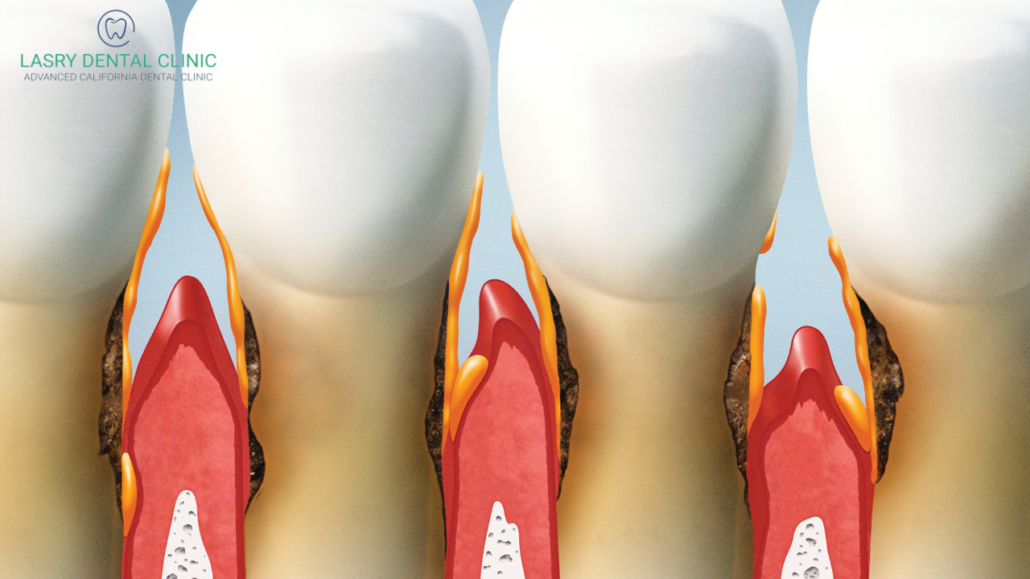
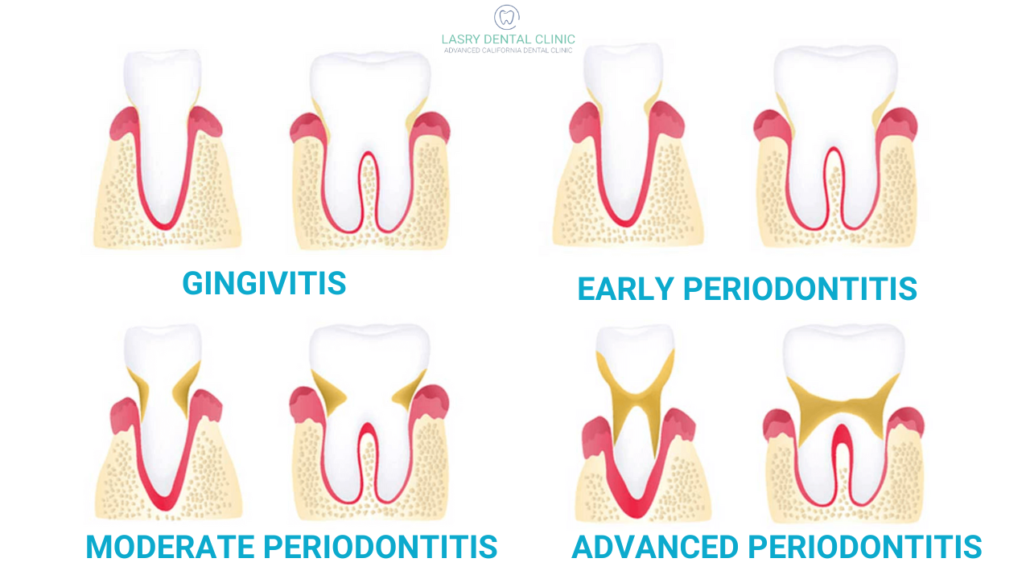
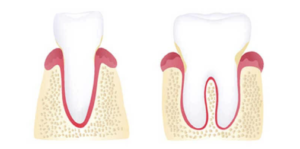
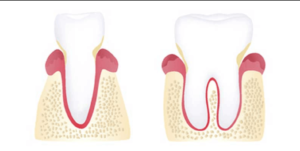
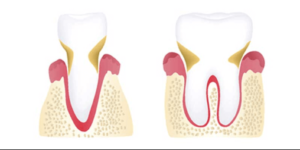
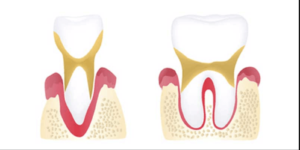
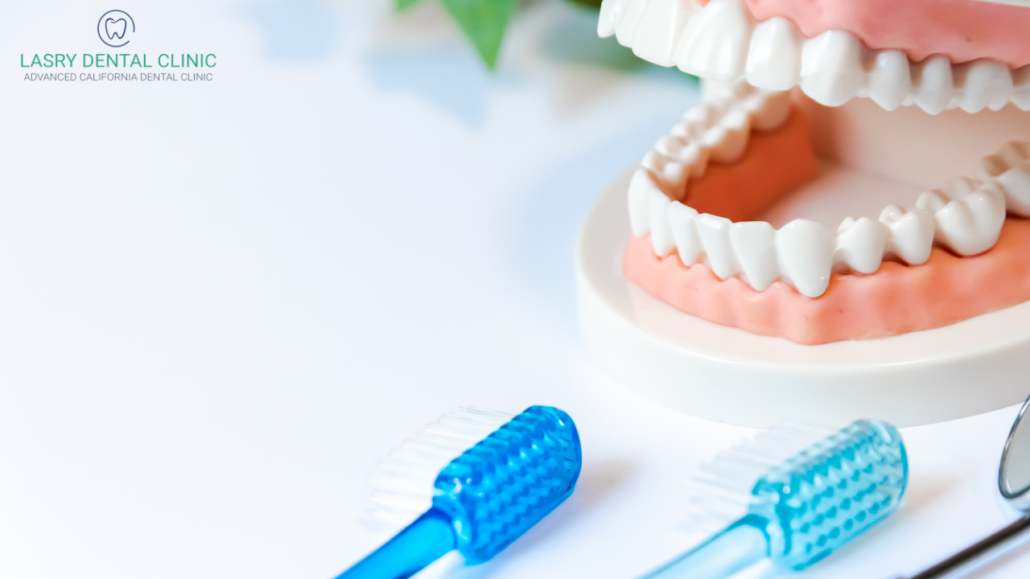



I noticed that my gums have been bleeding, and I’m not sure what to do about it. It makes sense that this could be periodontal disease! It would definitely be smart for me to seek a dentist for treatment.
thanks for info
Having a gum problems is really hard and helpful guide you shared that everyone can refer through it.
Thank you for sharing valuable information on this topic and raising awareness about gum disease and its treatment. Keep up the great work!
Thank you for all of your help. Your carrier became superb and really FAST. Many thank you for you type and green carrier. I even have already and could clearly hold to advise your offerings to others withinside the future.